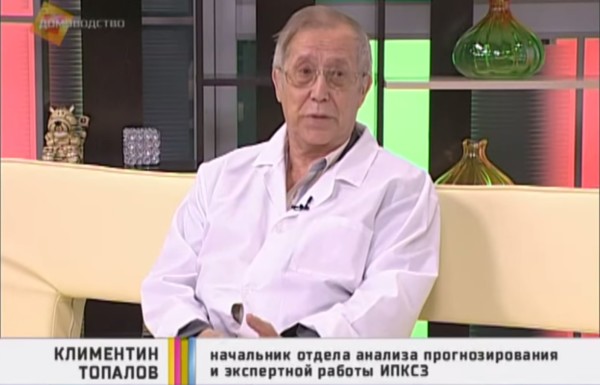 First aid for nosebleeds
First aid for nosebleeds
Epistaxis is the outflow of blood from the nasal cavity.
First aid for nosebleeds.
Reasons for appearance.
In healthy adults, bleeding can cause heat stroke or sunstroke (overheating of the body), as well as bruises, falls or bumps. With a disease of the nasal cavity and sinuses or an increase in arterial or intracranial pressure. A decrease in the level of platelets in the human body (anemia, leukemia) can also provoke the appearance of bloody discharge from the nose. Among patients who visit an ENT doctor, 6-11% are people complaining of spontaneous bleeding from the nose, and 21% are hospitalized for emergency reasons, usually after an injury.

Algorithm for the provision of emergency care.
First of all, it is necessary to calm the victim, since when excited, the outflow of blood only intensifies. It is convenient to position the victim and tilt his head slightly forward. In no case is it recommended to tilt your head back, and it can contribute to increased blood loss and there is a risk that blood will enter the respiratory tract. It is necessary to free the neck area (remove the tie, unbutton the button on the shirt) and be sure to ventilate the room. Try to breathe through your nose, as the air helps improve blood clotting and stops the flow. Put a cold compress or ice on the nasal septum, and be sure to warm the legs.
If nosebleeds are not traumatic in nature and after the manipulations the blood does not stop within thirty minutes, it is necessary to urgently seek help from a doctor. This can be the cause of the disease and requires the intervention of an ENT doctor.
A single bleeding is usually stopped at home and does not pose any health risk.
Unpleasant consequences that can occur with nosebleeds:
Abundant blood loss can cause the body to malfunction, and as a result, anemia. Frequent bleeding can be one of the signs of a serious illness, so a thorough diagnosis is necessary. Be sure to consult with a specialist, go through all the necessary examinations and pass all the required tests.
Emergency care for nosebleeds in children.
Soothe the child, and it is convenient to place him on the floor while lying down (you can give him his favorite toy).
In no case do not throw back your head, do not blow your nose and do not swallow blood. Clamp the nostrils after dripping nasal drops or spray into them. You can also insert cotton wool moistened with hydrogen peroxide into the nostrils. If the bleeding of the child is intense or he has severely hurt his head, he is vomiting and foaming blood is pouring from his nose, and also, due to high pressure, you must immediately call an ambulance.
To prevent nosebleeds, the child needs to drink regularly vitamins of group A and ascorbic acid.
We recommend watching the video: